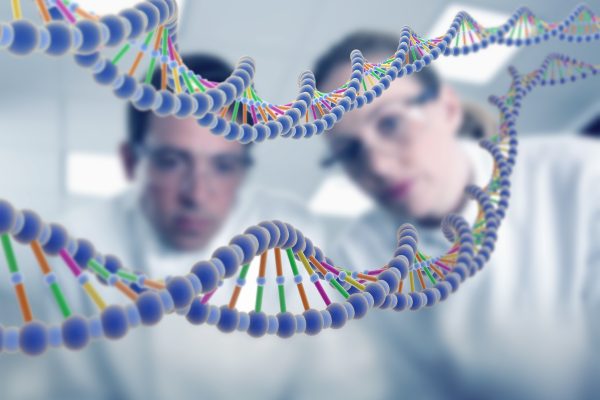
A recent modelling study based on data from the Breast Cancer Surveillance Consortium (BCSC) centres has reported that one in seven screen-detected breast cancer cases is overdiagnosed. The study findings were published in the journal Annals of Internal Medicine.
Researchers at Duke University in Durham, North Carolina, designed a study to estimate the rate of breast cancer overdiagnosis in clinical mammography practice to detect non-progressive cancer.
The study included data from 35,986 women aged 50 to 74 years who underwent one or more screening mammograms at BCSC centres between 2000 to 2018. During this period, 82,677 mammograms were conducted, resulting in a diagnosis of 718 breast cancer cases. Most cases were screen-detected (90%), and that too during the first screening round. The majority of participants were of white (64.4%) ethnicity, followed by Asian (19%), black (12.1%), and Hispanic (11%). Also, the median age of participants at the first screening was 56 years.
In a biennial screening program with the U.S. Preventive Services Task Force recommendation for average-risk women, 15.4% (UI, 9.4%-26.5%) of screen-detected cancer cases were found to be overdiagnosed. Within these overdiagnosed cases, 6.1% (UI, 0.2%-20.1%) were due to the detection of indolent preclinical cancer. Additionally, 9.3% (UI, 5.5%-13.5%) cases were overdiagnosed due to detecting progressive preclinical cancer in women who would have died of an unrelated cause before clinical diagnosis. Further, it was found that the overdiagnosis rate increased with age, for instance, 11.5% at the first screening at the age of 50 as compared to 23.6% at the last exam at age 74.
The first author of the study Marc D. Ryser, PhD, of Duke University, commented: “We have known for a long time that the most prominent estimates of breast cancer overdiagnosis in the U.S. were unrealistically high. We hope that our overdiagnosis estimate of 15% among screen-detected cancers will be adopted as a new standard and will lead to better-informed decision making around breast cancer screening, follow-up testing, and treatment.”
Reference